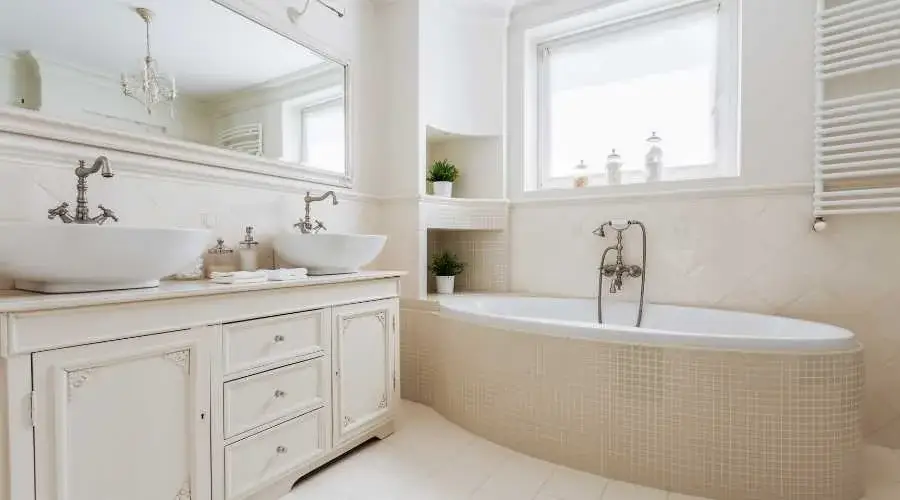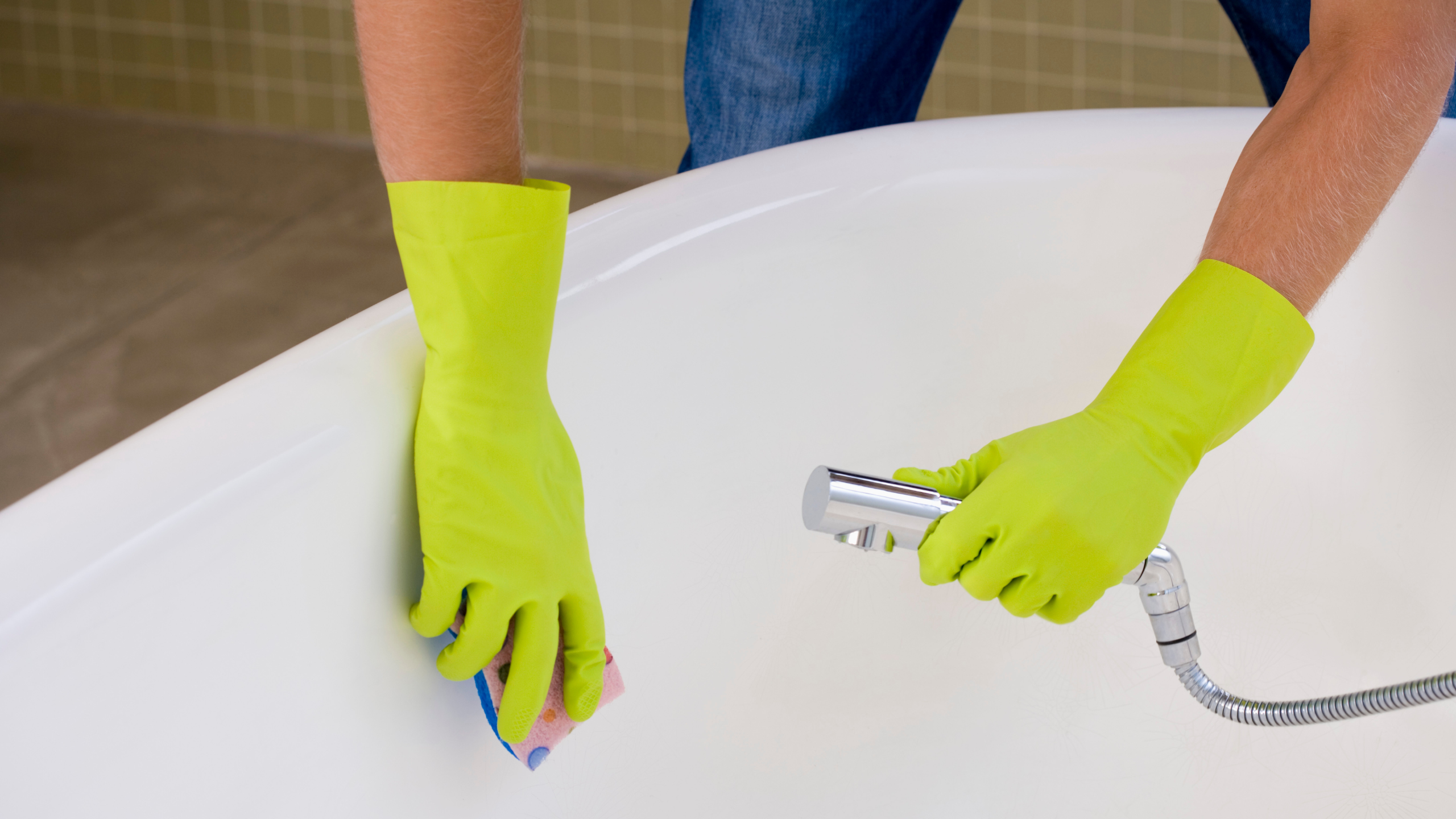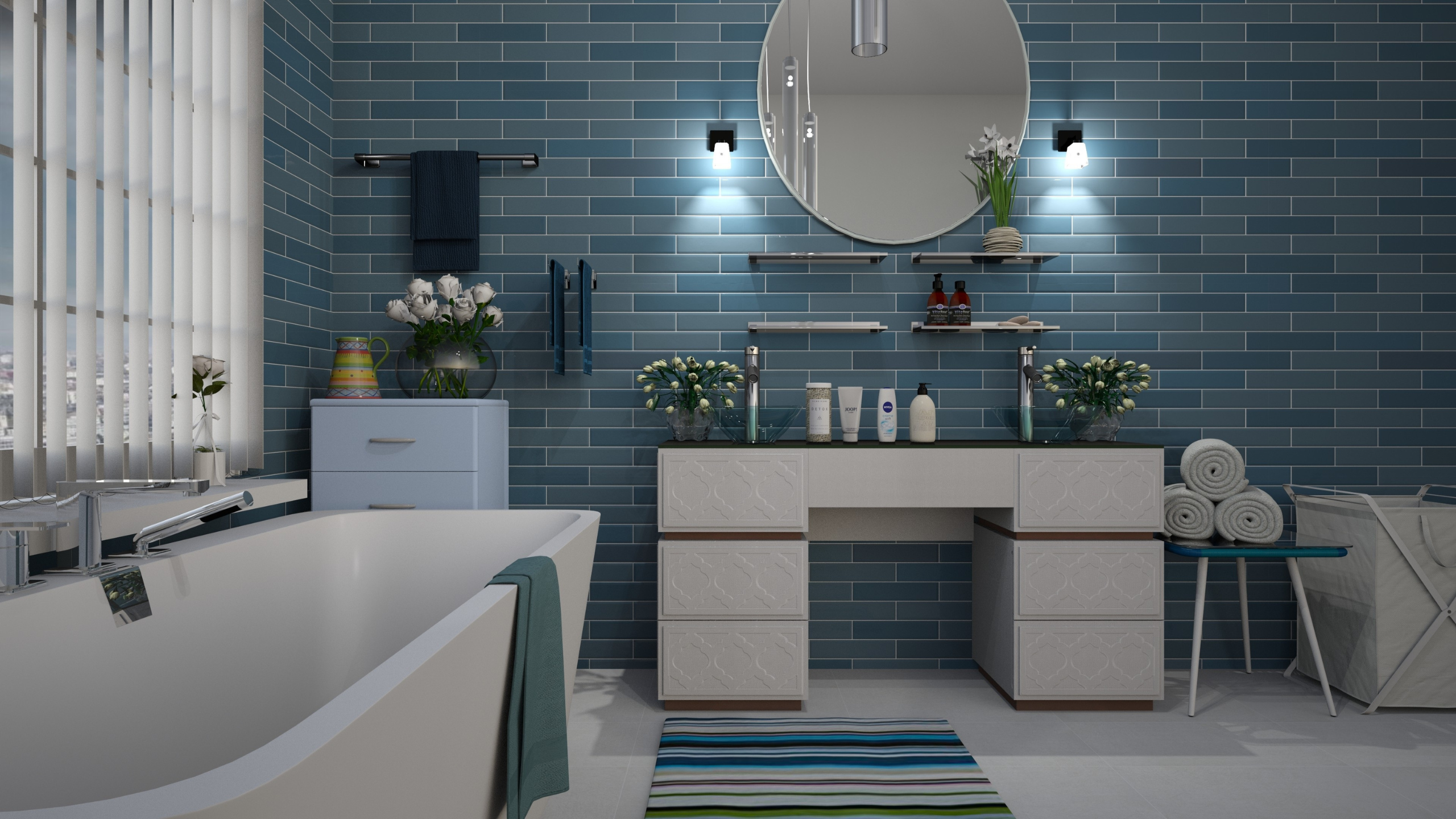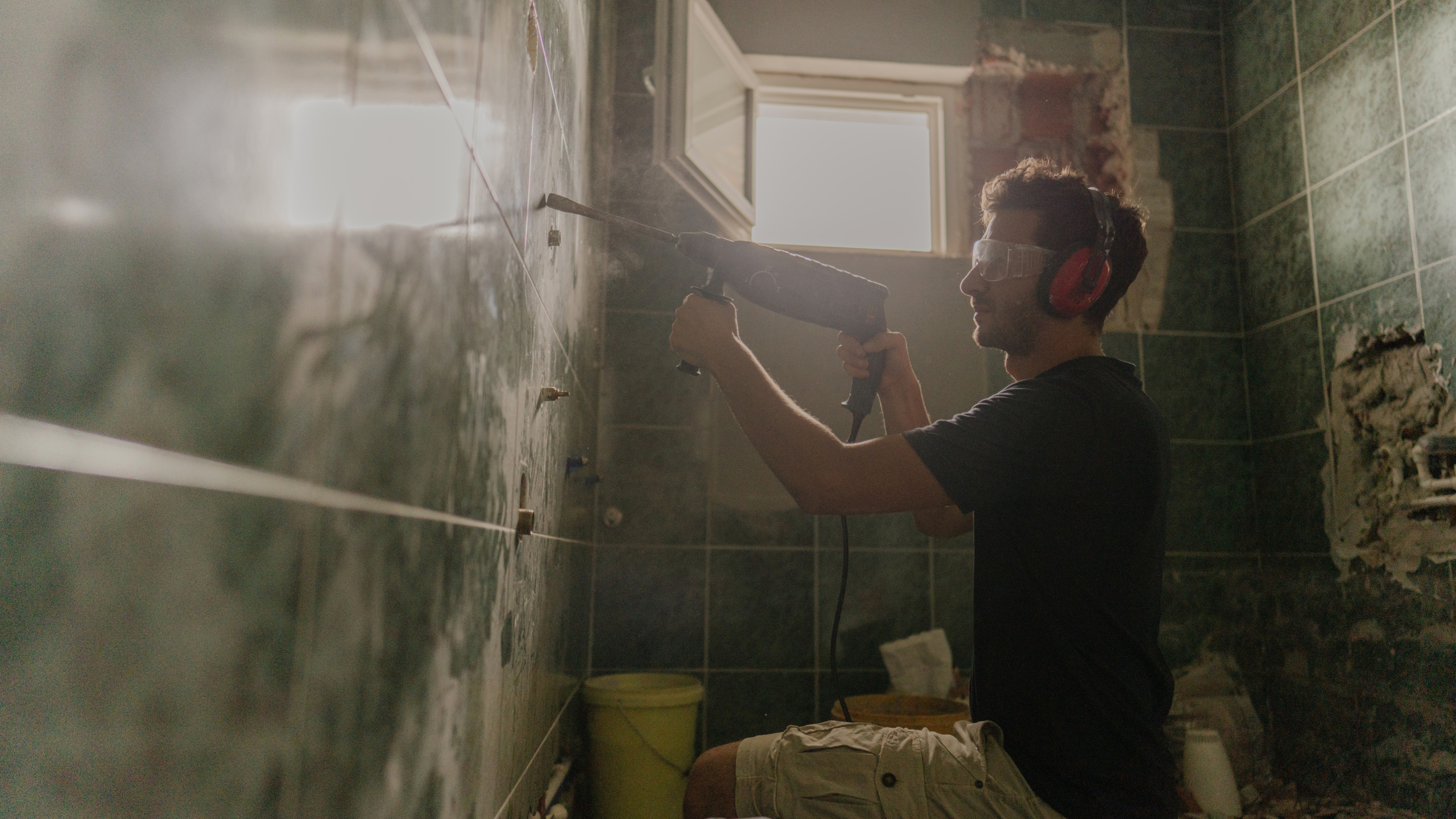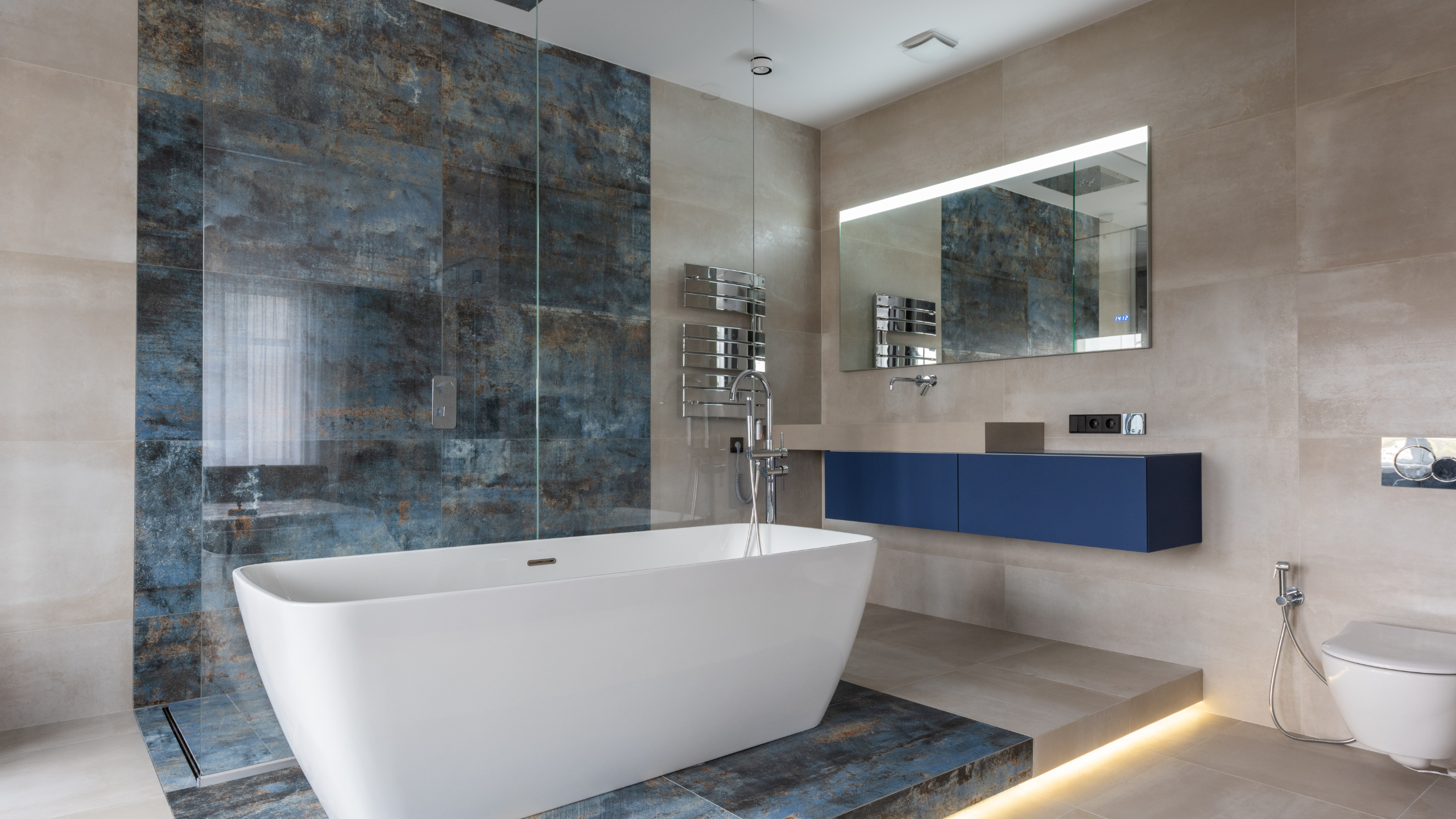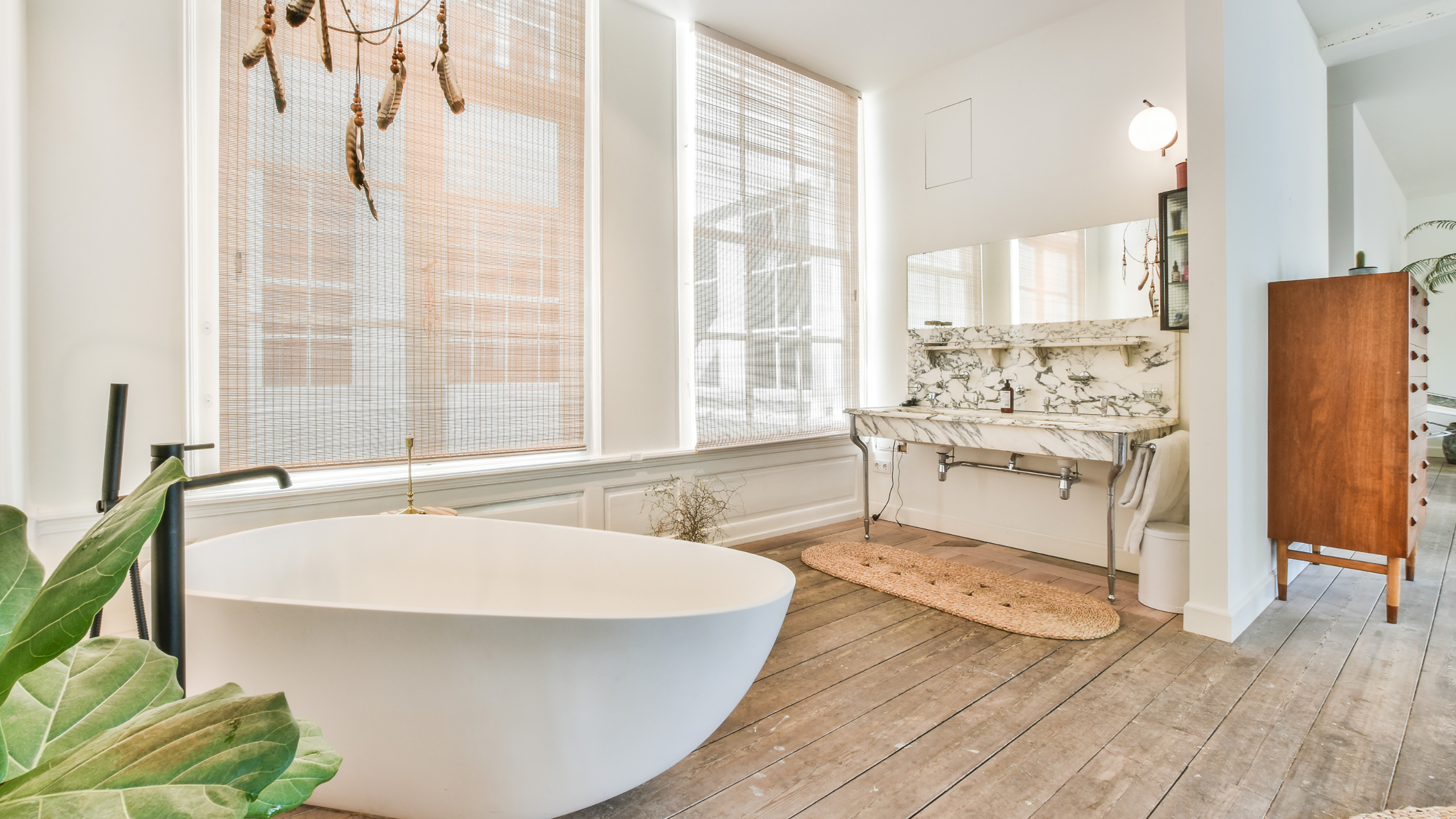Why bother getting your tub repaired if you can replace it with a brand new one for close to the same price?
While a new bathtub may cost as low as $500, the cost to replace it would be far higher. Why? Because bathrooms are a focal point in most homes, yet buying a new tub isn’t even close to the most expensive component of the process.
In fact, the majority of the replacement cost is obscured at first. What are examples of these covert expenses?
Price of Removing & Throwing Away a Bathtub
Do you have the physical ability to remove the tub by yourself? Can you get it via the front door or out of the bathroom? If you’re able to, how do you plan to get rid of it?
If you make it that far in the process of removing the tub, you will almost certainly damage some of the bathroom’s tile, and the new tub’s plumbing may not be compatible with the existing fixtures. This means you might also need to find a plumber and a tile setter. This is how the cost of fixing a $500 bathtub can quickly escalate into the hundreds or even thousands.
Why Is Refinishing More Favorable?
A refurbished tub should last around how long?
A refurbished bathtub has a lifespan not dissimilar to that of a new one. A restored surface has the potential to endure as long as a brand new bathtub with regular upkeep—20 years.
Does a newly refinished tub have any unique maintenance needs?
Yes. Use only mild, nonabrasive solutions without bleach when washing a professionally refinished surface to maintain its like-new appearance and cleanliness. Abrasive cleansers like bleach can dull or harm the polish or sheen, just as they would on any new surface.
If you want your refinished surfaces to look their best, avoid using a suction mat in your tub and always keep the caulking (non silicone) in good condition. To prevent mildew growth between the mat and the tub, you should take out your non suction mat after each use.

